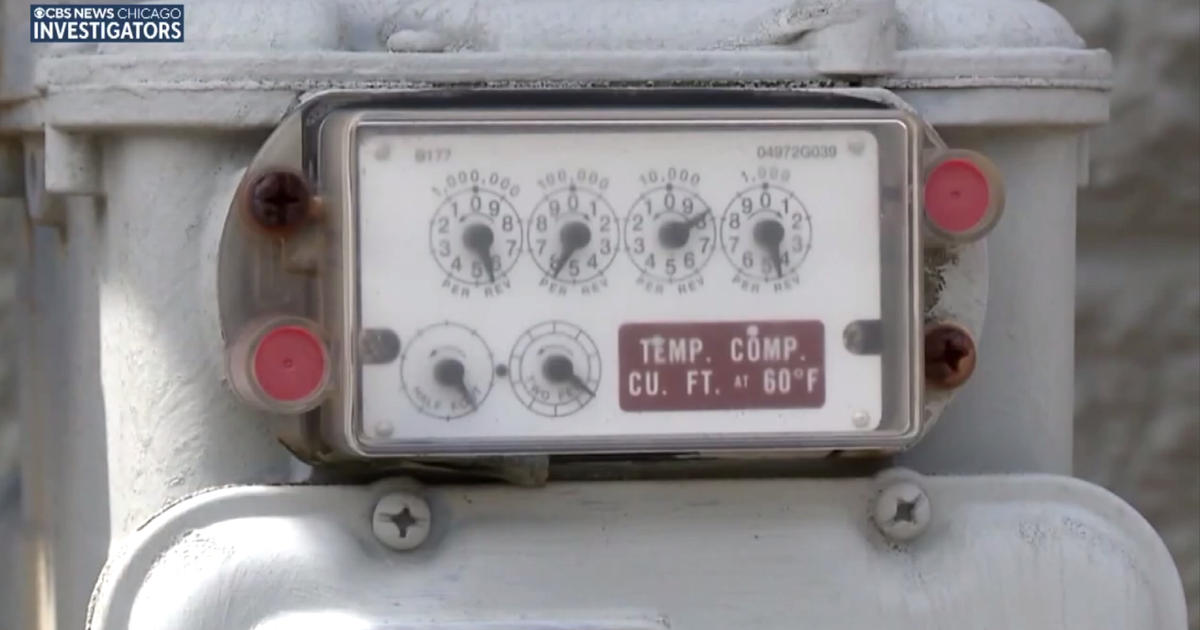Here's where it's going to cost more to cool your home this summer
Home cooling costs in the U.S. are expected to rise along with the temperature this summer, further straining household budgets.
The Energy Information Administration (EIA) is forecasting that residential electricity bills from June through August will average $173 per month, about 3% more than the same period last year. The agency attributes the projected cost increase to what it expects to be a rise in electricity consumption during the hot summer months.
Tens of millions of Americans in the Southwest, Midwest and other regions are suffering through a brutal heat wave. The soaring temperatures and other risks linked to climate change are leading environmental and labor groups to urge the Federal Emergency Management Agency to add extreme heat to its list of scenarios worthy of being labeled a major disaster.
In better news for consumers, the bigger utility bill is likely to be partially offset by falling electricity prices across the U.S. due to a decline in the cost of natural gas.
"Average U.S. wholesale power prices, which are an indicator of generation costs, were relatively high in 2021 and 2022, but they declined 30% to 50% in 2023, largely because of falling natural gas prices," the EIA said. "We expect these lower electricity supply costs will reduce retail prices in the coming months."
About 90% of U.S. homes air conditioning, according to the EIA. In general, residents of southern states along the Gulf Coast, where summer weather tends to be hot and humid, consume more electricity than customers residing in states along the Pacific Coast and in New England, where the weather is milder, because they are less reliant on air conditioning.
Where electric bills could rise the most
Americans in California, Oregon and Washington are forecast to see the sharpest jump in electricity rates, up 7% from a year ago, EIA predicted, while residents in Mid-Atlantic states could see a 4% rise. By contrast, the agency expects rates in New England to fall 7% between June and August.
In dollar terms, utility customers in New York, Pennsylvania and Washington, D.C., could see the biggest spike in bills — around $14 a month — because of the combined effects of increased electricity consumption and higher prices, according to the energy agency. In the Pacific region, residential electricity bills are expected to rise by an average of $11 per month, while across New England electricity costs are expected to drop $2.
Other groups say cooling costs could be an even greater financial burden for families, growing by as much as 8% from June through September, according to National Energy Assistance Directors Association (NEADA) and the Center for Energy Poverty, and Climate (CEPC).
Prolonged periods of intense heat can be a particular burden for low-income families, 20% of which lack air conditioning, according to the groups. In some cases, even families with AC choose not to use it for fear of not being able to afford the electricity bill. But alternative solutions to high heat are becoming untenable as heat waves now persist for days or weeks.
"In less extreme situations, a family can ride out a hot day by opening their windows, taking a cool shower and hoping it cools down at night. But when the heat persists for weeks, or the outside air is dangerous, opening a window will only make things worse," the organizations said in a recent report.





